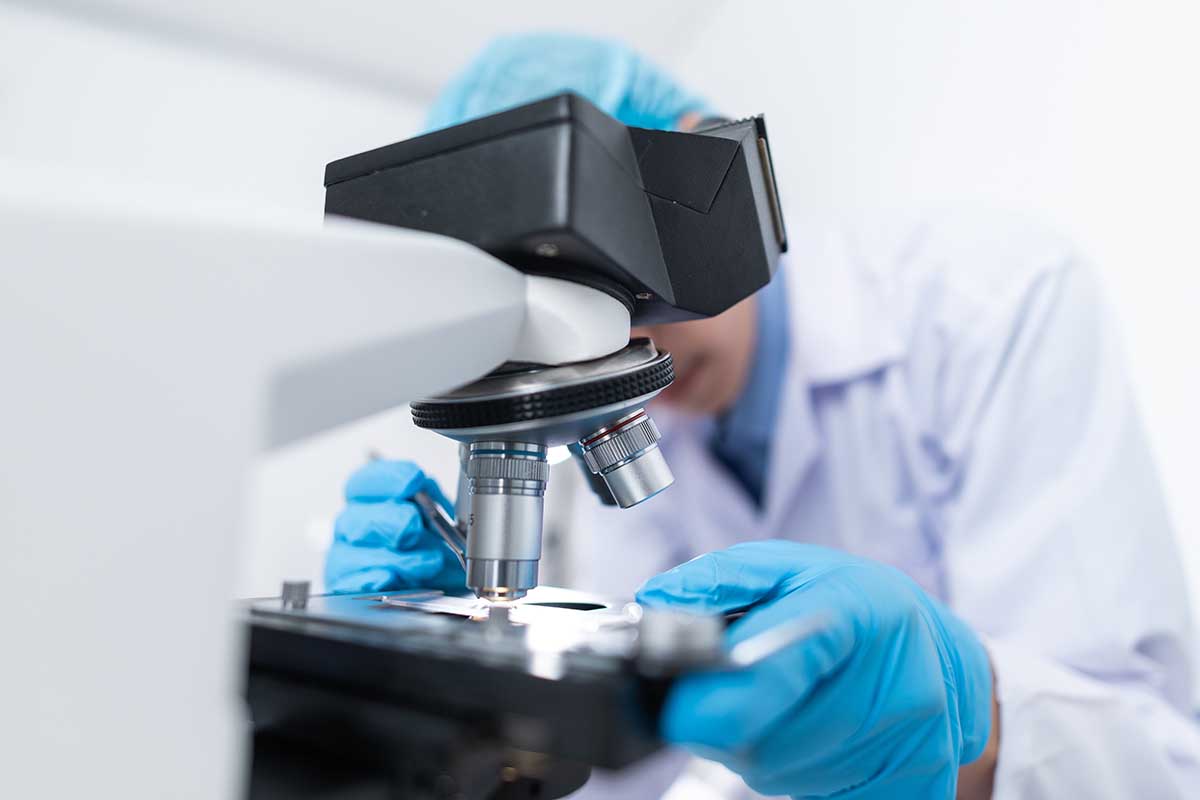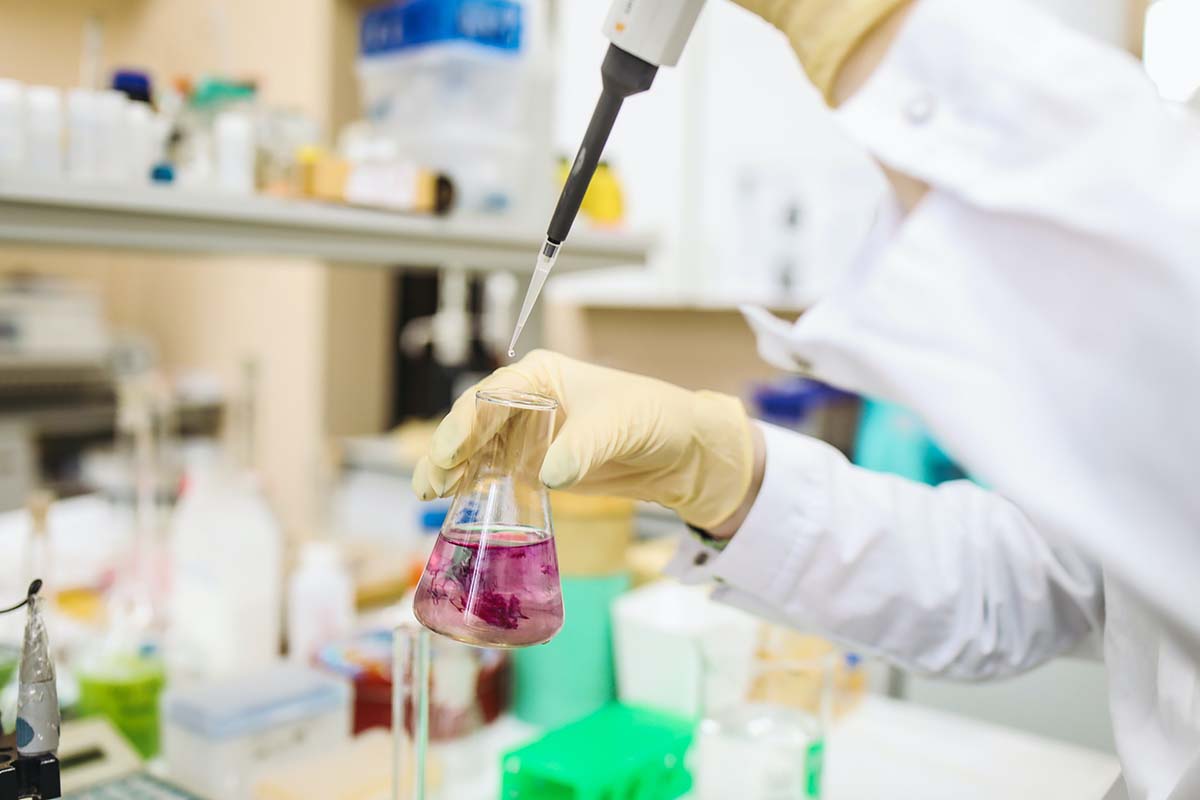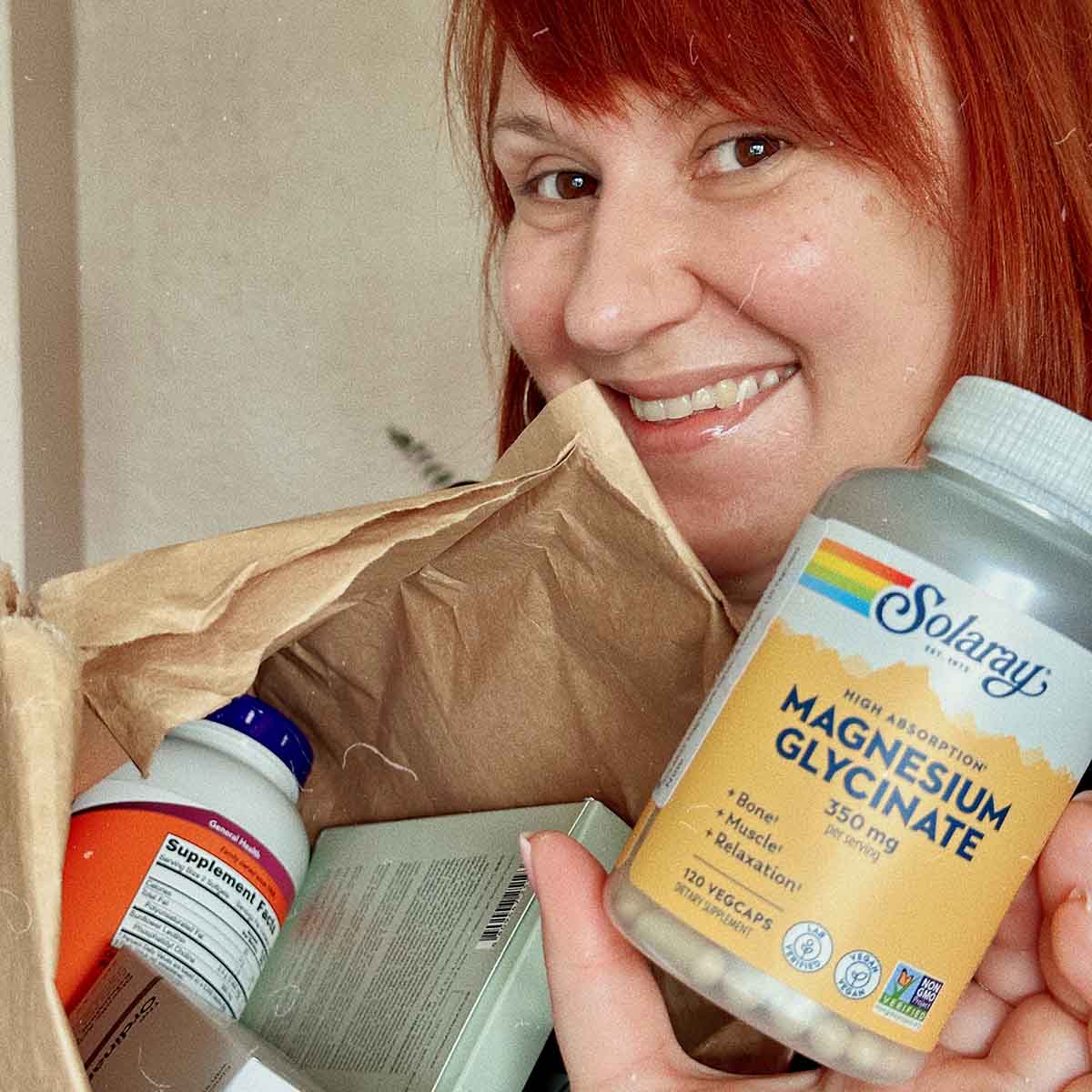Essential Cleanroom Rules Every Organization Must Follow
As industries evolve, cleanroom environments have become a critical requirement for businesses across pharmaceuticals, biotech, semiconductor manufacturing, and advanced tech sectors.
With increasing regulatory scrutiny and updates to U.S. cleanroom compliance policies, maintaining contamination-free spaces is no longer optional—it’s a legal and operational necessity.
However, many companies still struggle to enforce proper cleanroom protocols, putting product integrity, employee safety, and regulatory compliance at risk.
To stay ahead, businesses must adhere to the latest cleanroom best practices. Here are key rules that must be followed:
No Food, Drinks, or Personal Items in the Cleanroom
This remains a fundamental rule, but with stricter enforcement in 2025.
The FDA and OSHA have updated workplace safety regulations, emphasizing the risks of even microscopic contaminants in controlled environments.
- No food, drinks, or gum inside cleanrooms. Tiny particles from these items can lead to product defects and regulatory violations.
- Personal electronic devices, including smartwatches and unapproved wearables, should be restricted unless they meet cleanroom compatibility standards.
Enhanced Personal Hygiene Standards
With recent CDC and FDA updates on contamination prevention, personal hygiene protocols have become more stringent:
- Employees must shower before entering high-grade cleanrooms, especially in pharmaceutical and biotech industries.
- Companies are now required to provide dedicated cleanroom hygiene stations, including antibacterial wipes and air showers, to remove contaminants.
- Facial hair coverings and upgraded gowning procedures are now mandated in industries handling sensitive materials.
Stricter Compliance and Real-Time Monitoring
New AI-driven cleanroom monitoring systems are being adopted in 2025, automatically tracking airborne particles, employee compliance, and environmental conditions. Companies that fail to meet these requirements may face heavier penalties from regulatory agencies.
Staying compliant with evolving cleanroom regulations is critical for businesses in high-tech and pharmaceutical industries.
By implementing these best practices, organizations can protect their operations, ensure product integrity, and remain ahead in an increasingly regulated landscape.
Use Specialist Products
Don’t rely on standard products for your cleanroom.
Instead, use those marked specifically for use in ultra-hygienic environments.
Only use cleanroom tape when sealing gaps or holding items in place.
Don’t Sit Or Lean On Worktops
Worktops should remain absolutely clean at all times. Make it part of your protocol that employees should not sit or lean on any of the equipment.
Doing so could potentially lead to the transfer of particles which could then contaminate samples or production processes.
Don’t Allow Makeup Or Perfume
Makeup and perfume both contain particles that could eventually find their way into the rest of the cleanroom.
Makeup is generally composed of fine dust smeared over the face, potentially dry and flaked off. Perfume contains highly volatile and reactive compounds that easily transfer into the atmosphere.
Follow The Correct Gowning Procedures
Gowns are an essential tool for preventing particles from flaking off the body and being transmitted into the environment.
Make sure that your organization follows the correct gowning procedures if you have a cleanroom.
Ensure that there is a changing area between the cleanroom and the rest of your facility. Don’t allow gowns to travel far from the cleaning room as this may cause them to collect unwanted contaminants.
Don’t Run
It might sound basic, but employees shouldn’t run or move rapidly in a cleanroom.
Running may stir up particulates in the atmosphere and lead to sample contamination. The rapid motion could also put employees at risk and even damage your equipment.
Don’t Touch Your Face
You should instruct employees not to touch their faces with gloved hands. Not only is it potentially hazardous, but it will also contaminate the glove and, therefore, the sample.
Employees typically touch their faces dozens of times per day to scratch itches.
You’ll want to train them first if they are new to cleaning rooms and then remind them every time they touch their face.
Many employees will do it unconsciously and only realize that they’ve done it after you point it out. If they do touch their faces, then they will need to re-glove.





















